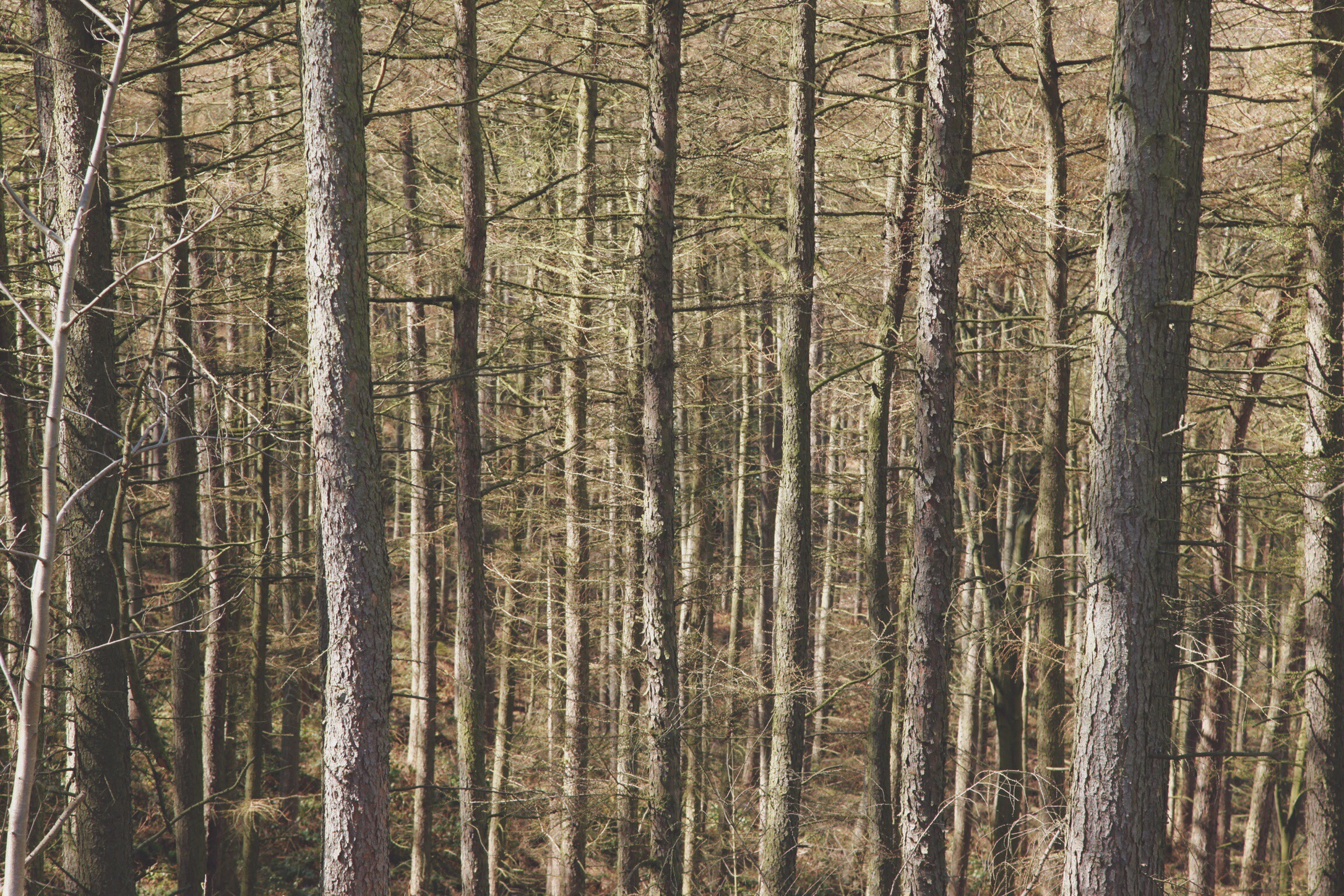Can We Fight Climate Change with Trees and Grass?

Can we use trees and other plants as a weapon in the fight against climate change? Earth's greenery comes with natural carbon-capturing abilities, but now several studies are investigating how to tweak those tendencies to have a maximum impact on carbon dioxide levels in the atmosphere.
In 2014, the Intergovernmental Panel on Climate Change announced that plants would have to be a major part of the world’s efforts to capture CO2. The idea would be to have trees and grasses suck up CO2 as they grow, then burn or process them into fuels to generate power while capturing any CO2 produced along the way. This process is known as “bioenergy plus carbon capture and storage,” or BECCS.
We’re starting to see increasingly large tests of the technology roll out. The Washington Post, for instance, recently reported that a new large-scale trial in Decatur, Illinois, will process huge quantities of corn into ethanol, then grab the 1.1 million tons of CO2 created from fermentation each year and lock it away underground.
But as we’ve reported in the past, there’s no guarantee that this kind of intervention will work. First, the processes in the system are unproven at scale—particularly the carbon sequestration phase. Second, the whole vision of using BECCS makes some assumptions that remain unproven, like how much energy it takes to grow the plants (especially non-food crops) in the first place, and the impact of dedicating land to trees and grasses that could otherwise be in demand for food production.
We might be about to get some answers, though. As the Times reports, the U.K.’s Department for Business, Energy, and Industrial Strategy has just launched a $10 million initiative to help investigate how effective BECCS could be. A series of projects will investigate whether it's a sustainable approach to locking away CO2 at all. The projects will also try to identify the best ways to increase carbon storage in plant life and soils, and determine whether food and energy biomass can be grown effectively alongside one another.
Other studies have already been looking into the dynamics of forestry and how it relates to the climate. A study recently published in Forest Ecology and Management, for instance, showed that early thinning of forests doesn’t change the quantity of carbon dioxide removed from the atmosphere, but does allow trees to grow stronger—meaning that they’re less susceptible to the effects of climate change. That means early-thinned forests would stand a better chance of allowing the BECCS technique to work in the future while having no impact on the quantity of CO2 captured.
So while it’s still not clear if we can enhance plants' carbon-storing properties in a way that will have a big effect on atmospheric CO2, we are at least on the verge of finding out.
(Read more: Natural Environment Research Council, The Times, Washington Post, Forest Ecology and Management, “The Dubious Promise of Bioenergy Plus Carbon Capture”)
Keep Reading
Most Popular
Large language models can do jaw-dropping things. But nobody knows exactly why.
And that's a problem. Figuring it out is one of the biggest scientific puzzles of our time and a crucial step towards controlling more powerful future models.
The problem with plug-in hybrids? Their drivers.
Plug-in hybrids are often sold as a transition to EVs, but new data from Europe shows we’re still underestimating the emissions they produce.
Google DeepMind’s new generative model makes Super Mario–like games from scratch
Genie learns how to control games by watching hours and hours of video. It could help train next-gen robots too.
How scientists traced a mysterious covid case back to six toilets
When wastewater surveillance turns into a hunt for a single infected individual, the ethics get tricky.
Stay connected
Get the latest updates from
MIT Technology Review
Discover special offers, top stories, upcoming events, and more.